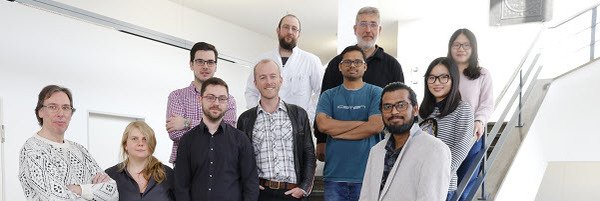Journal Article
Lyrio, M. S.; Shoji Aota, L.; Sandim, M. J. R.; Sandim, H. R. Z.: Additive manufacturing of Fe-3.5 wt.-%Si electrical steel via laser powder bed fusion and subsequent thermomechanical processing. Journal of Materials Science
59 (9), pp. 4019 - 4038 (2024)


